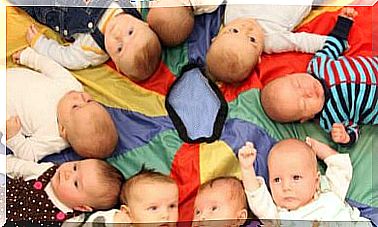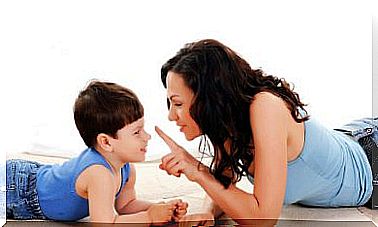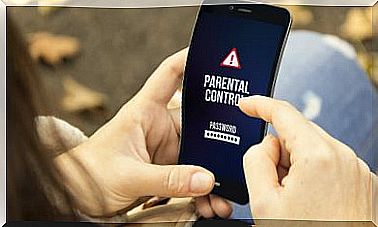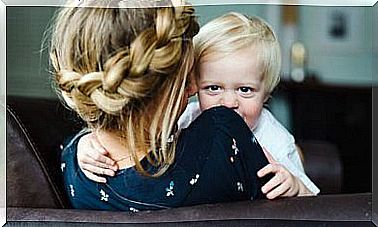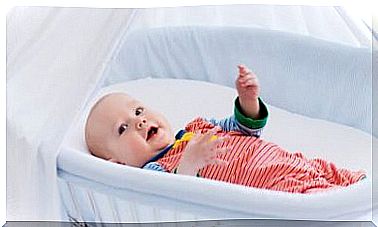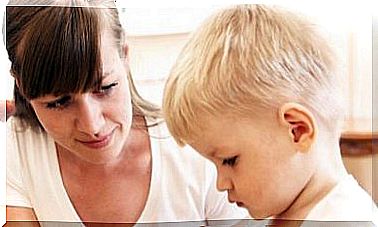How To Stimulate The Motor Capacity Of Babies?
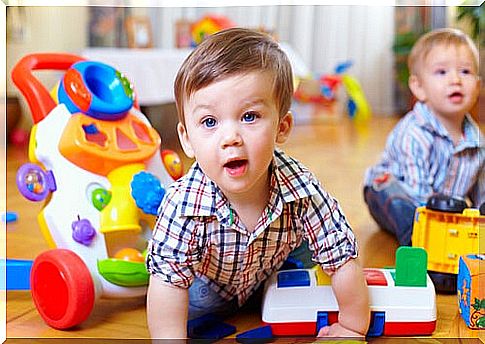
Stimulating the motor capacity of babies at an early age facilitates their psychomotor development. Psychomotor development begins as soon as children open their eyes to the world; however, not all advance or complete their different stages at the same time.
Many children lift their heads, roll over in bed, crawl, pick up objects and turn them over, or walk before others. So how to stimulate the motor skills of babies? We answer you: with exercises.
Exercises to stimulate motor skills in babies
Despite the fact that each little one lives the stages in their own way, there are exercises that serve to awaken and increase the mastery of their movements.
Next, we explain some of them.
Stimuli for head control
To encourage the child to lift his head and turn it to different sides, lay him face down on a hard surface. With both hands and delicately, he tries to move his little head to the right, to the front and to the left. Repeat the exercise in the opposite direction.
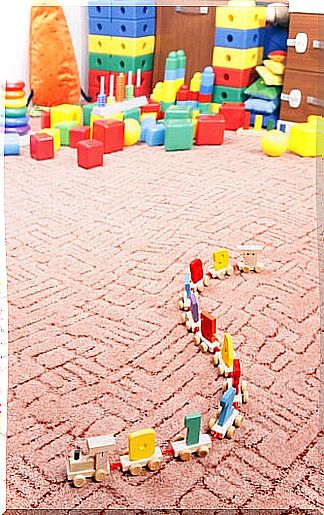
Another incentive to put into practice focuses on placing various toys with intense colors in front of and on both sides of where he is lying on his stomach. As the colors will attract his attention, the baby will try to lift his head to observe them.
Both stimuli, in addition to controlling your head, will strengthen your back and start to recognize your upper extremities.
“Click here to expand on how you can stimulate your child’s head control.”
Stimuli to turn around
Another stage that a baby must overcome is turning over. To achieve this, while it is in its crib, it does not matter if lying on its back or on its stomach, you must turn its head, raise its arms, cross one of its feet and turn it over.
This is the first routine of his life that requires coordinated movements, and therefore, it is somewhat difficult for him. However, as you practice it, the child will learn how to do it until he has mastered it completely.
As in the previous stage, place eye-catching objects near him. The baby will try to turn to take the toys around him.
“Learn more about it in the conquest of turning babies.”
Stimuli to sit
In order for the little one to sit down, you must lay him on his back on a hard surface, take him by the hands and lift his trunk little by little until reaching a sitting position.
During this stage the baby must learn to balance. So sit him down and hold him by the hips, so he will strengthen his trunk, neck and back muscles.
Crawling stimuli
All children crawl differently. There are some who never manage to do it in the conventional way: in quadruped; On the other hand, they are very fast crawling on the floor seated breech always with a little foot forward that works as a driving motor.
But whatever position your child takes, crawling means a great advance for him. Encourage him to move by placing him on quadrupeds, first, when he is on the mattress, then, on the floor.
Sit it on hard surfaces, it can be the ground. Put several toys almost within reach. Immediately the child will realize that to take them, he will have to lean forward and make an extra effort.
Through crawling the child will begin to have control of his body and learn to move around the house to explore the place where he lives.
“These games to stimulate the baby’s crawl will do you a lot.”
Stimuli to walk
Every time the child masters the crawling, you will notice that little by little that ability becomes small and that, somehow, he tries to stand up to reach the decorations and furniture in the house.
Our advice? Just as you did during the remaining stages, take advantage of his curiosity and place striking objects above his head, encourage him with words to reach them and take him by the hands until he stands up.
As soon as you can stand up and keep your balance, your baby is ready to take his first steps. With this objective, we recommend that you take him by the hands, stand behind him and, with the tips of your feet, push his heels, inducing the sequence that he must follow when advancing.
If you wish, use the count of “one, two; one two; one two ”as you put one foot and the other forward. We assure you that this is an effective technique that, to your surprise, the baby will want to do frequently. Thus, you will learn to walk in no time.
“In stimulation to activate the senses you will know other exercises that will also help you in your psychomotor skills.”
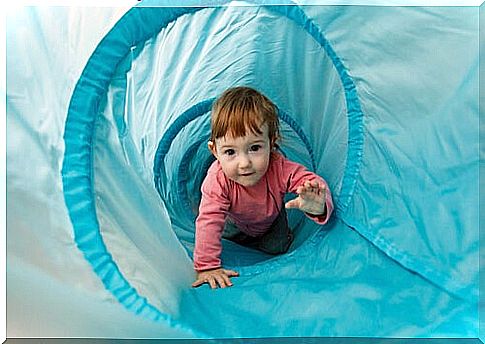
In the first years of life a human being acquires skills that will shape him as a modern man and allow him to adapt to the world around him.
In the same way, these skills will be the entry window for other more sophisticated skills.



